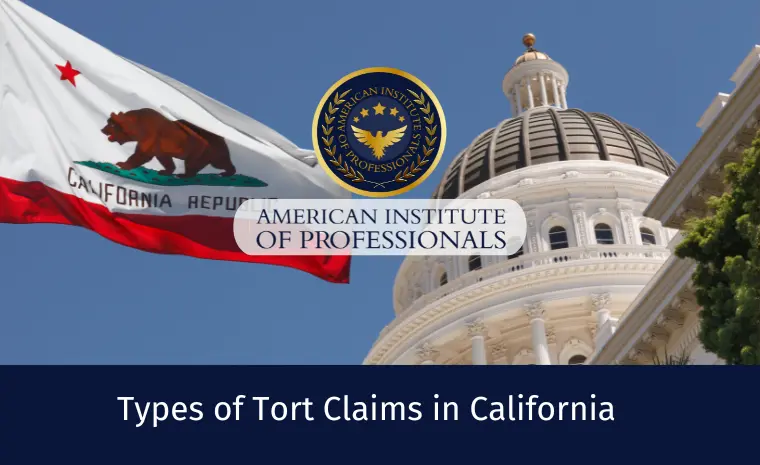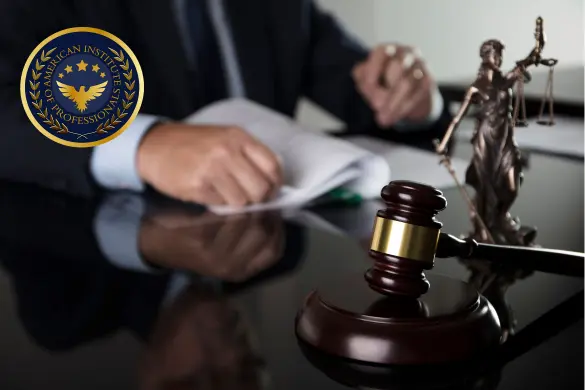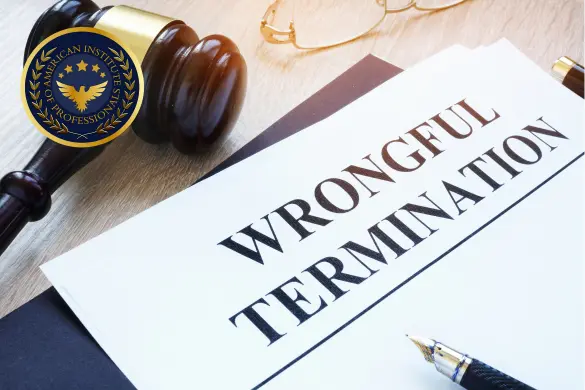Navigating the complexities of personal injury law in California requires a comprehensive understanding of the various types of tort claims individuals may encounter. Each situation demands a nuanced approach to seeking appropriate legal recourse, from car accidents to premises liability cases.
This article delves into the fundamental categories of tort claims prevalent in California, shedding light on their defining characteristics and the legal avenues available to those seeking compensation for their injuries.
Definition of Tort Law in California
Tort law in California encompasses civil wrongs that harm or injure individuals or their property. These wrongs may arise from intentional acts, negligence, or strict liability, which form the basis for personal injury claims.
Tort law seeks to provide remedies for individuals who have suffered harm due to the actions or inaction of others. Under California law, victims of tortious conduct may pursue compensation for damages such as medical expenses, lost wages, pain and suffering, and property damage.
Elements of a Tort Claim
- Duty of Care: This refers to the legal obligation one party owes to another to exercise reasonable care to prevent foreseeable harm.
- Breach of Duty: This occurs when a party fails to meet the standard of care expected in a given situation, breaching their duty.
- Causation: Establishes a direct link between the defendant’s breach of duty and the plaintiff’s injuries, demonstrating that the violation was the proximate cause of the harm suffered.
- Damages: Refers to harm or losses suffered by the plaintiff due to the defendant’s breach of duty, which may include medical expenses, lost wages, pain and suffering, and property damage.
Need help making a claim?
Types of Tort Claims in California
Personal Injury Torts
Personal injury torts encompass a wide range of claims resulting from bodily harm or emotional distress.
- Car Accidents arise from injuries sustained in motor vehicle collisions, including those involving cars, trucks, motorcycles, and pedestrians.
- Slip-and-fall incidents occur when individuals are injured due to hazardous conditions on another person’s property, such as slippery floors or uneven surfaces.
- Medical Malpractice involves injuries caused by the negligence or misconduct of healthcare professionals, including doctors, nurses, and hospitals.
- Dog Bites are claims arising from injuries inflicted by dogs, in which the owner may be held liable for failing to control their animal.
Property Damage Torts
Property damage torts involve harm to real or personal property.
- Trespassing: Involves unauthorized entry onto another’s property, resulting in damage to land or possessions.
- Nuisance: refers to unreasonable interference with another person’s use or enjoyment of their property, such as excessive noise or pollution.
- Conversion: Occurs when someone unlawfully takes or interferes with another’s personal property, depriving them of its use or possession.
Economic Torts
Economic torts involve financial harm or interference with business relationships.
- Fraudulent Misrepresentation: Involves intentional deceit or false statements that induce another party to rely on the misrepresented information, resulting in financial loss.
- Interference with Contractual Relations: Occurs when a third party interferes with the contractual relationship between two parties, causing economic harm.
- Trade Libel: This involves false statements about a business or its products that result in financial harm or damage to its reputation.

Statute of Limitations and Filing Requirements:
This timeline dictates when a lawsuit must be filed after an injury or harm occurs. Failure to adhere to these deadlines can result in losing the right to seek compensation.
In California, the statute of limitations varies depending on the type of tort claim involved. For example, personal injury claims generally have a statute of limitations of two years from the date of the injury, while claims involving property damage or economic harm may have different timeframes.
Given the complexities of these legal timelines and filing procedures, it is essential to seek the guidance of a knowledgeable personal injury lawyer.
Conclusion
Understanding the nuances of tort law in California is crucial for individuals seeking justice and compensation for injuries or damages.
If you or a loved one has been injured or suffered harm due to another’s actions, don’t navigate the complexities of the legal system alone. Contact an experienced personal injury lawyer today to schedule a consultation and explore your options for seeking the compensation you deserve.
Your rights matter and experienced legal support can make all the difference in achieving a favorable outcome.





